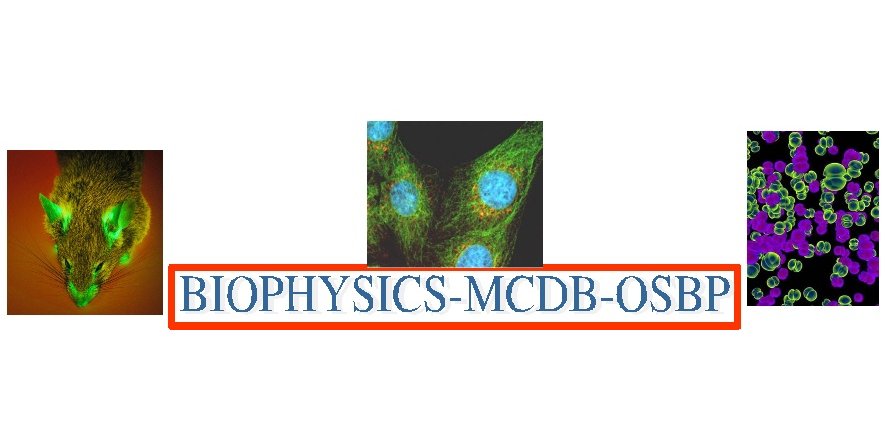Interdisciplinary Graduate Programs Symposium

2010 OSU Molecular Life Sciences
Interdisciplinary Graduate Programs Symposium

Poster abstracts
Abstract:
The enzyme photolyase catalyzes the repair of the major DNA lesion
caused by ultraviolet radiation, the cyclobutane pyrimidine dimer
(CPD). Absorption of a photon in photolyase promotes electron
transfer to the CPD unit, which dramatically lowers the activation
energy for splitting the dimer into repaired fragments. Subsequent
back electron transfer (BET) from the repaired nucleotides regenerates
the enzyme in its original state. Because of intrinsic chemical
significance and potential for future cancer therapy, the mechanism of
CPD repair has been studied intensively in photolyase, and in model
compounds where the repair process can be mimicked, often using a CPD
unit tethered to a photoreceptor.
Our ab initio simulations establish the free energy surfaces for CPD
repair in water, the critical role of the solvent in the splitting
mechanism, and the point along the reaction path where BET shifts from
unproductive reformation of the dimer to productive repair. We also
propose a framework for understanding how the polarity and other
environmental features, whether in solution or in photolyase, control
repair efficiency. This framework explains why BET leads
predominantly to unsuccessful repair in some situations, and
successful repair in others. A key observation is that the same free
energy surfaces that control dimer splitting also govern how the BET
rate changes during the splitting process.
Keywords: Ab Initio, Marcus inverted, charge recombination